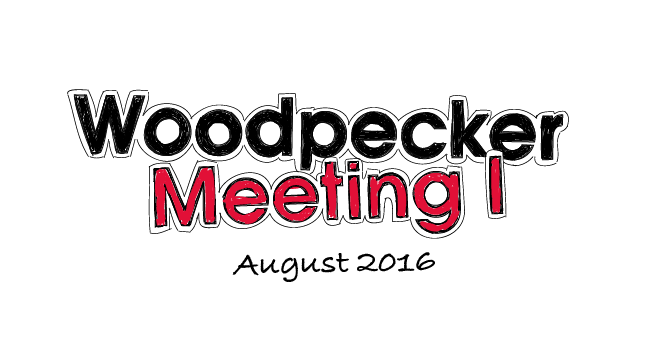In June 2016, we decided we should celebrate once we get 100 customers. That’s a milestone for a SaaS startup, and we were getting closer and closer to the magic number. We bought a bottle of champagne and put it on the top shelf of our office fridge – to let it cool down and wait for the big moment. Here’s what we did when we hit the first hundred and afterwards.
The day we actually got our 100th customer, the champagne popped and we took a break to gather for a toast and celebrate in the office. But after a few minutes – we simply got back to work.
But we decided to set a date for a proper celebration – and we thought the date should be set for some time ahead, so that everybody is available for a little get-together after work. Synchronizing a team of 15 people is actually harder than you may suppose. 😉
Report from Woodpecker Meeting I
And so we set the first Woodpecker Meeting on Friday, August 5th. Matt proposed we should all use the time at the meetup to update one another, exchange some insights and thoughts on our project and the direction of our company.
Well, at first we thought it may be too much of a fuss.
We felt like we just wanted to sit down and talk. Matt saw it as a series of short presentations, or at least speeches. We didn’t really know how to get about it – some of us had no idea what they could talk about. What we knew, though, was that it would take time to prepare valuable presentations, and time is the asset you can’t multiply. You need to give up one thing to take care of another.
Eventually, after a series of short consults with the previously mentioned CEO, everyone found a few things they could talk about or present to the rest of the team.
From 100 to 150
On the Friday of the meetup, it appeared that there was another round number to celebrate. 150 customers. We needed 16 months to get to 100 customers. But after that milestone, we gained another 50 users on premium subscription in two months.
We met at Business Link Wroclaw, the place where we started Woodpecker in February 2015. We came back to the cradle, with doubled team force and 150 customers on board. A sentimental moment indeed.
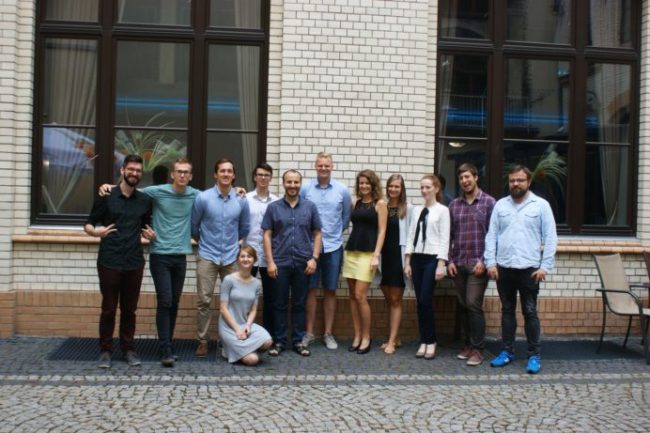
Presentation time!
During the presentations, some of us shared their everyday workflow, some of us showed some recent results or updates and talked about plans for the foreseeable future, some talked about rules that they’d like to be a part of Woodpecker‘s playbook in the long run.
Matt told us why he decided to start the SaaS and what he would like us to become in the future.
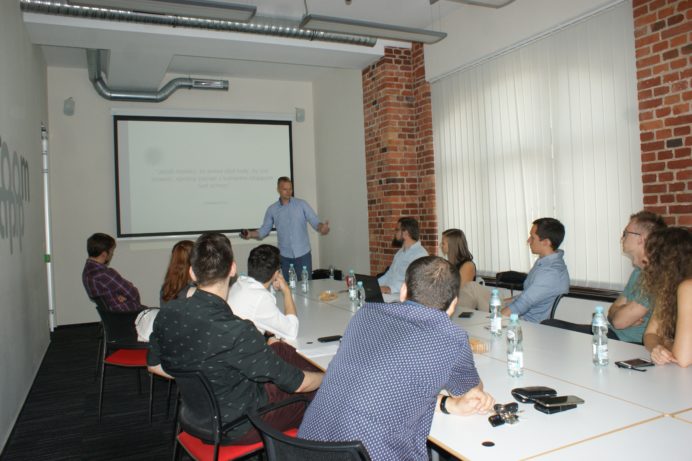
I shared my definition of marketing and a big picture of Woodpecker‘s coherent marketing vision.
Vovik and Yurii explained how a sales guy’s day looks like within their inbound sales team.
Wojtek and Sebastian showed us some examples of real life relations with prospective clients from outbound.
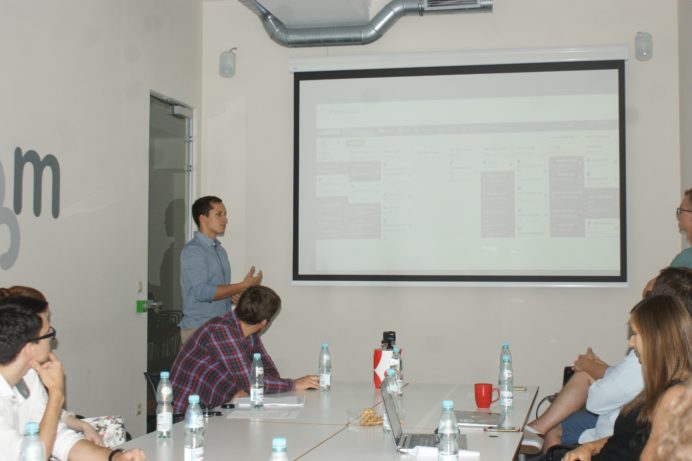
Kinga, presented her definition of brand and the importance of aesthetics in our product development and marketing, and showed us the evolution of a feature design on real life screens.
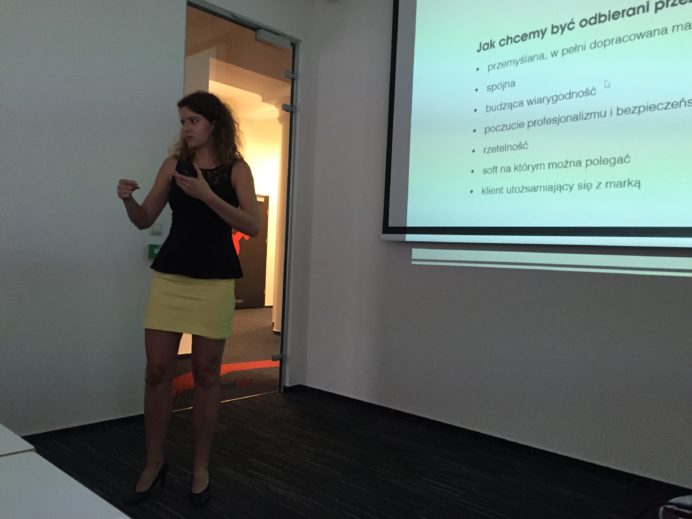 Sylvia presented the results of our recent ideal customer profile analysis.
Sylvia presented the results of our recent ideal customer profile analysis. Kamila explained the importance of building a well-thought-out company culture.
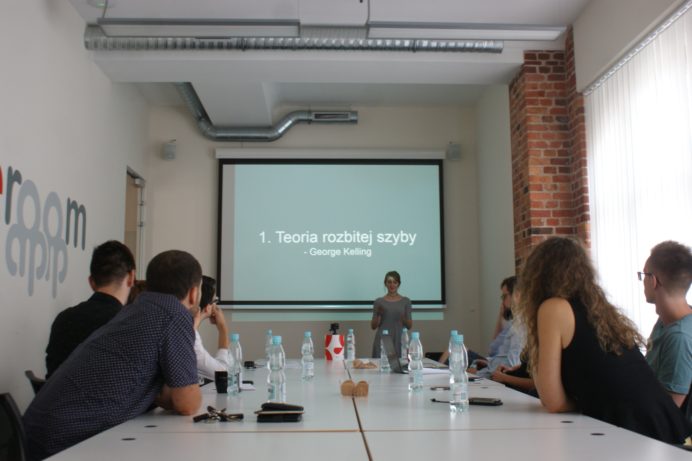
Maciej and Tomasz allowed us all to take a sneak peek for the arcana of programming craft.
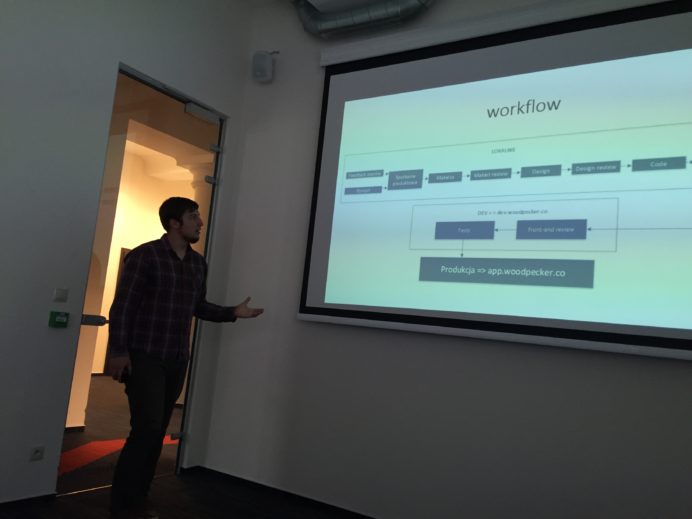
And Wojtek presented his plan for integrations of Woodpecker with the whole wide world of other applications.
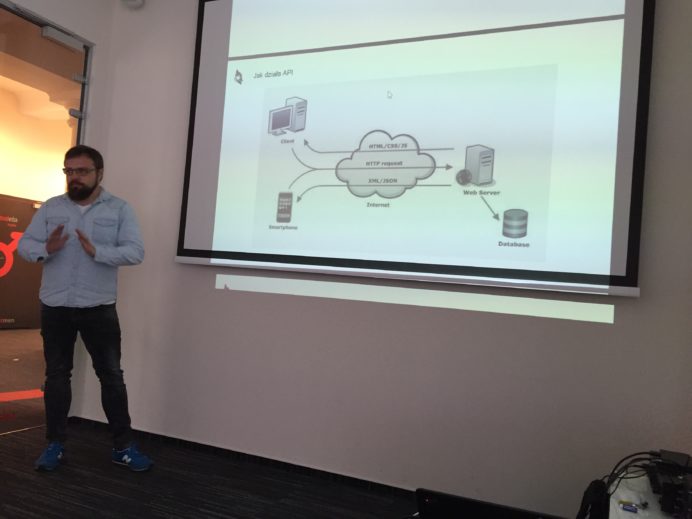
Finally, Matt closed the presentation part of the meeting with a brief summary of our current software production process.
And after hearing and seeing all those presentations, I think we can all admit one thing: it was really worth spending the time on preparations.
Making a speech or a presentation allows you to verbalize all those ideas you may be already acting upon. Sometimes it’s really hard to verbalize them. But it’s crucial that the whole team knows what the ideas are. Because this makes your everyday communication a whole lot easier.
Conclusion
We’ve learned a lot about one another’s workflows, our everyday struggles, and recent successes. This allowed us a better understanding, which will definitely affect our work together. We synced our visions of the foreseeable future and shared our bigger picture ideas. This will allow us to develop Woodpecker being sure that we’re all heading the same direction.
A short summary in numbers
- 1,5 year, that’s about how long we’ve been working on Woodpecker
- 15 people, that’s how many people are working on Woodpecker at the moment
- 60, that’s how many blog posts we’ve published on Woodpecker‘s blog so far (actually it’s 61 including the one you’re reading right now)
- 150+, that’s how many B2B companies are currently on Woodpecker‘s premium subscription
- 30, that’s how many countries those companies come from
After party
And after the semi-formal part of the presentations on August 5th, we met at an informal after-party. Here’s one lovely visual proof of this part – a Polaroid pic our sales team – one of its kind. 😉
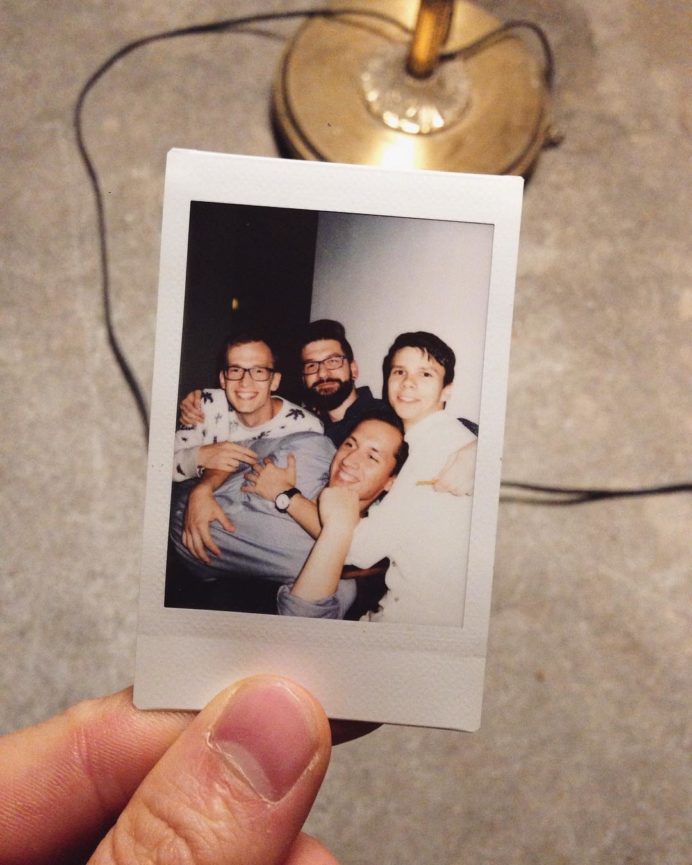
What’s in it for you?
That’s a lot about us, but what’s in it for you? Think about where your company is at the moment.
- What is the nearest milestone you’ve got ahead?
- What were the milestones you’ve already reached?
- What are the nearest and the long-run goals of your company departments?
- What are the greatest pains of your team members in their everyday workflows?
- What are your latest successes and failures as a company?
Can you answer all those questions off the cuff?
If you can’t, try to remember when was the last time your team had time to sit and talk about all these. When did you last have an occasion to update one another, so that everybody is on the same page?
I know you may feel like there’s no time and like there’s already too much on your plate. But sometimes it’s good to make a pause, think of what you’ve achieved already and where you actually want to go further. And when you think about it, write it down and think of a good way to pass it to all your team members. Ask your teammates to do the same. Then set up a time for a meeting and exchange all those ideas and visions, to make sure you all are heading in the same direction.
That helped us a lot. Hope it will help you as well.
READ ALSO
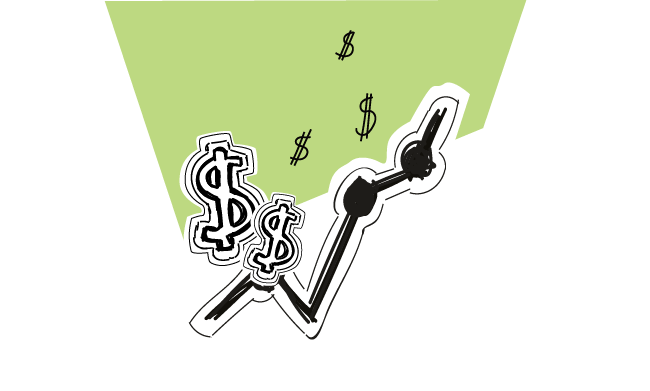
10 Startup Growth Hacks To Generate Leads For SaaS Businesses
Generating first customers for your SaaS startup requires a lot of time. Time in the early days of any is scarce. There's so much work to be done that you don't know what to work on first. But in order to stay afloat, you need a steady flow of customers. Woodpecker got its first customers through cold emailing. Yet, there are other ways that can support the lead generation process in your company. In today's article, Deepti Jain from Aeroleads will tell you a bit about those other ways of generating leads for your startup.
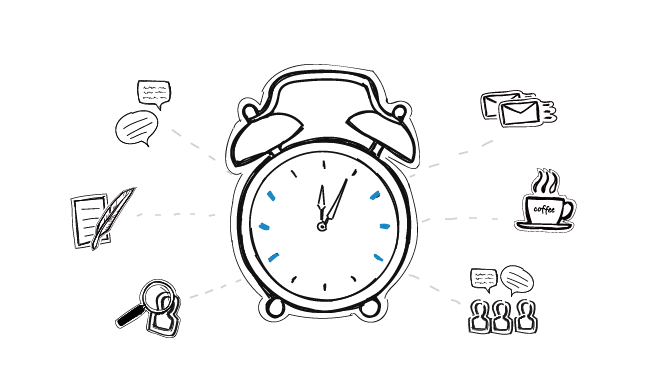
A day in the Life of a SaaS Business Development Team
A business development team is a crucial element of a SaaS company. It plays an important role in business growth and revenue generation. Let’s take a look at the backstage of their job. I’ve prepared this post in collaboration with Yurii Veremchuk, the Head of Woodpecker Business Development Team, who shared some first-hand insights into the day-to-day work of his team and the challenges they face, described the tools that improve their efficiency, and gave his advice for B2B sales newbies.
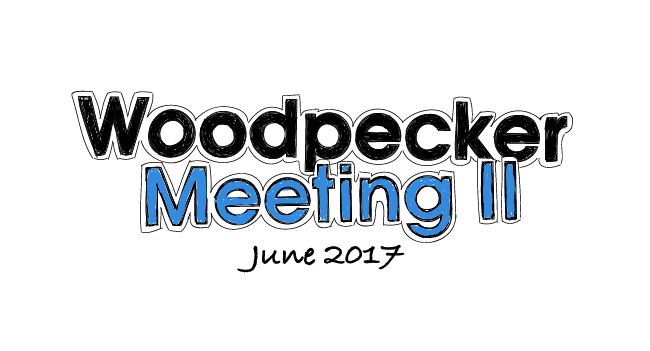
Woodpecker Meeting II – or What We Did after Reaching 800 Customers
Not even a year ago, I wrote here about Woodpecker Meeting I. We had 150 customers then. This year, we met again. And we were talking about new challenges that we'll be facing as a SaaS company with over 800 B2B companies as premium customers on board. Keep on reading to learn about the people of Woodpecker – our daily routines, challenges, plans, and visions. Take a peek at some photos of our team at Woodpecker Meeting II.

